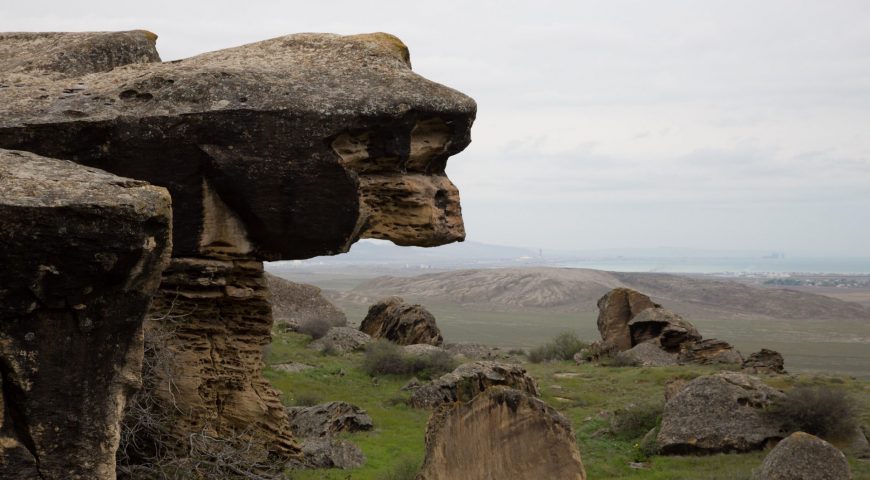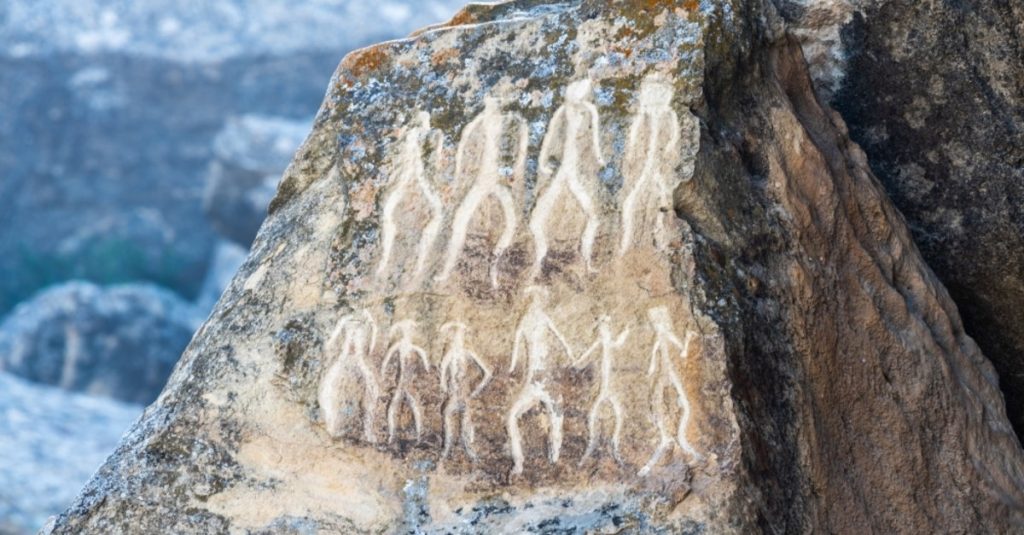
Gobustan Rock Art Cultural Landscape | Connects The Past With The Present.
Gobustan Rock Art Cultural Landscape covers three regions of a level of rough stones emerging from the semi-desert of focal Azerbaijan, with an extraordinary assortment of more than 6,000 stone etchings bearing declaration to 40,000 years of rock artisanship. The site likewise includes the remaining parts of possessed caverns, settlements, and entombments, all mirroring an escalated human use by the occupants of the region during the wet period that followed the last Ice Age, from the Upper Paleolithic to the Middle Ages. The site, which covers an area of 537 ha, is important for the bigger safeguarded Gobustan Reservation.

Gobustan has extraordinary all-inclusive incentive for the quality and thickness of its stone craftsmanship etchings, for the significant proof the assortment of rock workmanship pictures presents for hunting, fauna, verdure and ways of life in pre-memorable times and for the social coherence among ancient and bygone eras that the site reflects.
The stone inscriptions are an uncommon declaration to a lifestyle that has vanished in the manner they address so graphically exercises associated with hunting and fishing when the environment and vegetation of the area were hotter and wetter than today.
The most remote and undisturbed scenes are the Jinghirdag Moutain-Yazylytepe slope and Kichikdash Mountain. The most visited site, Boyukdash, has more unsettling influences as establishments, for example, a jail and stone quarry, which ought to be overseen as a feature of the Management Plan.


